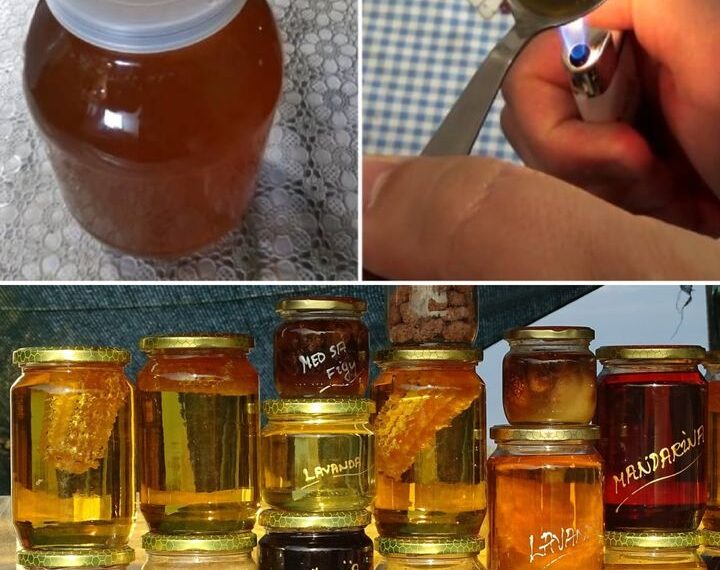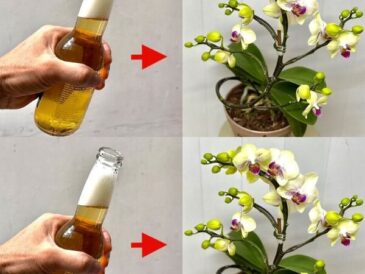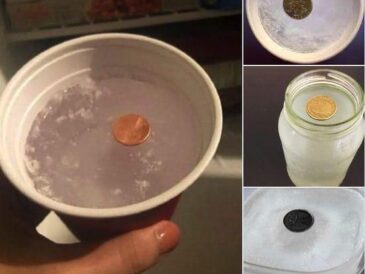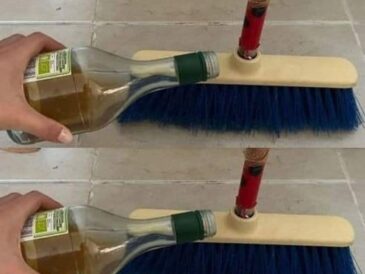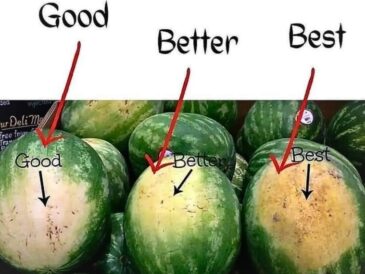How to Distinguish Quality Honey from Fake Honey: This Homemade Method Works 100%
Honey, often praised for its natural sweetness and potential health benefits, can sometimes be misleading in the market. With the rise of counterfeit products, it’s important to know how to distinguish genuine honey from imitations. Fortunately, there are several straightforward, homemade methods to ensure you’re getting pure, high-quality honey. Here’s a comprehensive guide to help you identify real honey with confidence.
1. Consistency and Clarity
Texture and Crystallization
One of the most telling signs of authentic honey is its consistency. Real honey is naturally viscous and tends to crystallize over time. This crystallization process can vary depending on the floral source and storage conditions, but it generally leads to a more solidified texture.
- Viscosity: Genuine honey has a thick, syrupy consistency. If you pour it out of the jar, it should flow slowly and steadily, not rapidly.
- Crystallization: Over time, natural honey often crystallizes into a granular texture. This process doesn’t affect the quality or safety of the honey; rather, it’s a natural occurrence. If honey remains liquid indefinitely, it might be artificially processed or contain additives to prevent crystallization.
Surface Inclusions
Real honey sometimes develops small, naturally occurring wax inclusions on the surface. These are remnants from the beekeeping process and are a sign of authenticity.
2. Taste and Smell
Flavor Profile
The taste and smell of honey are crucial indicators of its authenticity. Natural honey has a complex flavor profile, often described as sweet with subtle floral or fruity notes.
- Sweetness: Authentic honey should have a rich, natural sweetness. If it tastes overly sweet or artificial, it might be a sign of added sugars or syrups.
- Burning Sensation: A slight burning sensation in the throat can be a characteristic of pure honey, particularly if it’s raw or unprocessed. This sensation is due to the natural acidity and enzymes in the honey.
Aroma
Real honey also has a distinctive aroma that varies depending on the floral source. It should smell fresh and floral, not overly fragrant or chemical.
- Natural Scent: Genuine honey’s aroma will be pleasant and complex, reflecting its floral origin. If the scent is faint or unusual, it could be a sign of adulteration or poor-quality honey.
3. Additives
Purity Check
One of the simplest ways to verify the purity of honey is to check for additives. Authentic honey should be pure and free from additional substances like sugars or flour.
- Water and Vinegar Test: Mix a small amount of honey with water and add a few drops of vinegar. If bubbles form, it could indicate the presence of added substances like sugars or starches.
- Sugar and Flour Detection: Some fake honey may contain added sugars or flour to mimic the texture and consistency of real honey. These additives can be harder to detect without laboratory testing, but the vinegar test can offer a clue.
4. Chemical Reaction
continue reading in page 2
